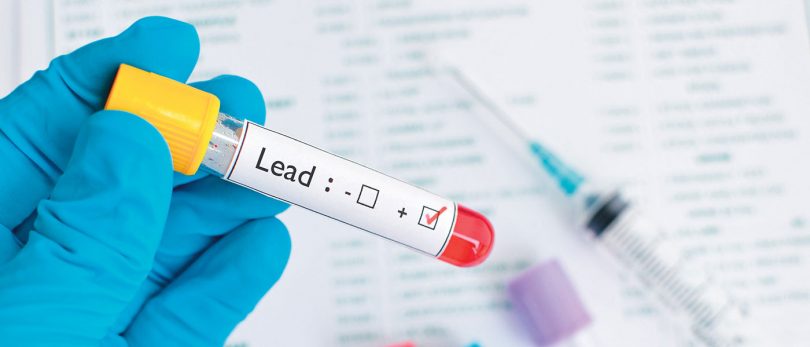3 ways to limit lead exposure
- Get your water tested. Letting cold water run for 30 seconds before drinking it and using cold water for cooking can also help.
- Keep your home and family clean. Wipe down dusty surfaces, including windowsills and walls, with a damp cloth, and wash children’s hands frequently. Keep toys clean as well.
- Get enough iron, calcium and vitamin C. These three nutrients can decrease the amount of lead absorbed by the body.
Lead is a naturally occurring metal. It’s common in the paint in older homes, in soil near busy roads, and in some imported products. It can also be found in tap water in homes or communities where older pipes are deteriorating. While lead is toxic to everyone, it’s particularly dangerous to young children, who are more likely to inhale or ingest lead in the environment and whose smaller, growing bodies are more easily poisoned by it.
Each year, more than 300,000 young children nationwide are found to have high levels of lead in their blood. Lead toxicity can cause developmental and growth delays, speech and hearing deficits, anemia, behavioral issues and other problems. It is particularly damaging to a child’s blood, brain and bones.
Many children with lead poisoning don’t have symptoms. That’s why testing is important. New York State law requires all children to be tested twice — at ages 1 and 2. Children at high risk for lead exposure may receive additional tests up to the age of six. The test is done using just a few drops of blood.
TEST TIME
Talk to your child’s primary care provider (PCP) about lead testing. Your county health department can also give you information and test your home for lead.







